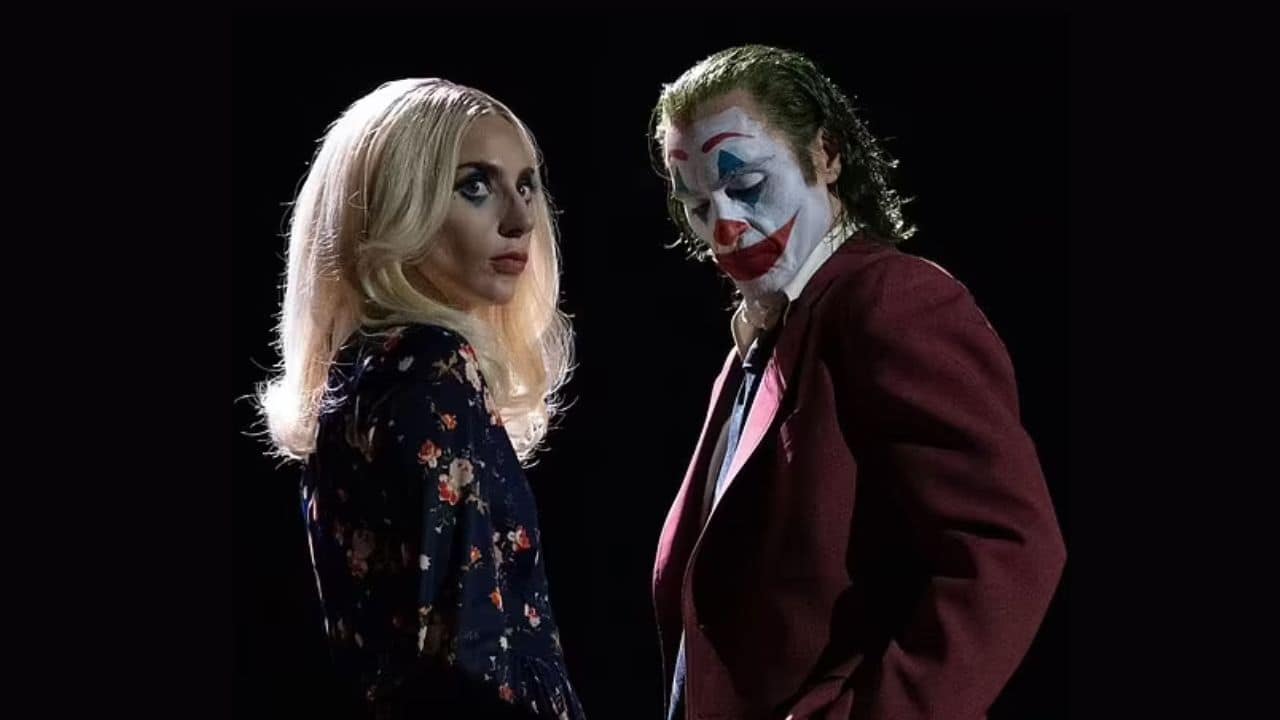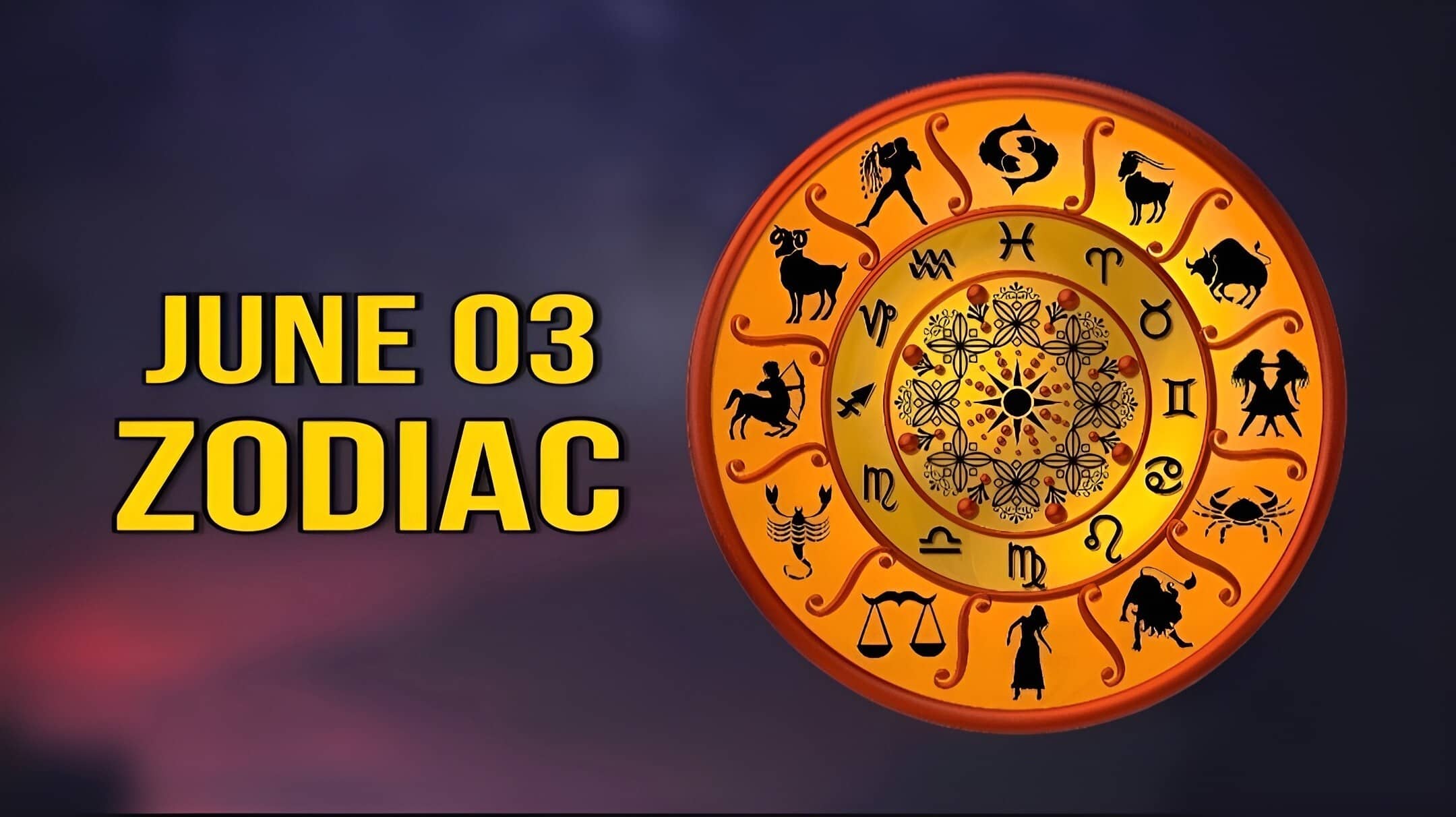The highly anticipated sequel Joker: Folie à Deux, directed by Todd Phillips, stumbled in its box office debut with a domestic opening of an estimated $40 million, falling far short of expectations. This marks a significant downturn compared to the 2019 Joker, which saw a much more impressive launch. Adding to its troubles, Folie à Deux became the first-ever Hollywood comic book movie to receive a D CinemaScore from audiences—a harsh blow for a film that was expected to soar.
The sequel, starring Joaquin Phoenix and Lady Gaga, comes with high stakes. However, the film’s unconventional mix of antihero drama and musical numbers seems to have alienated many viewers. Exit polls reveal a similarly negative reception, with audiences expressing dissatisfaction toward the genre-bending nature of the film. Despite having a production budget exceeding $190 million—more than three times the cost of the original Joker—the opening weekend was less than half of what its predecessor earned.
Expectations vs. Reality: A Major Gap
Initially, box office analysts expected Joker: Folie à Deux to open in the range of $50 million to $60 million domestically, fueled by strong buzz around Phoenix’s return and Lady Gaga’s debut in a pivotal role. However, as the weekend progressed, those projections were repeatedly downgraded. By Saturday, even rival studios who had anticipated a stronger showing saw the numbers drop to around $45 million to $47 million. In a more optimistic forecast, the film was pacing for a $70 million opening when it first came on tracking three weeks earlier, making the final numbers a significant letdown.
The Impact of Negative Word-of-Mouth
A major reason behind this underperformance is poor word-of-mouth, as indicated by the D CinemaScore. This low rating is a rarity for comic book films, which typically benefit from fan-driven enthusiasm. Rival studio executives are now predicting that the final domestic tally could settle somewhere between $37 million and $39 million when official grosses are reported on Monday, further adding to the studio’s woes.
Warner Bros. insiders admit there’s no easy way to sugarcoat the results. The studio is reportedly stunned by the tepid response and is facing disappointment over the sequel’s financial trajectory. However, despite the box office turbulence, the company remains supportive of Todd Phillips, whom they consider a visionary filmmaker. Phillips has earned a reputation as a creative risk-taker, and Warner Bros. believes he is still worthy of their trust, even when the results are not immediately favorable.
International Market Provides Some Relief
While the domestic debut faltered, Joker: Folie à Deux saw better, albeit not spectacular, results in the international market. The film grossed $81.1 million overseas, aligning with initial forecasts and bringing the global total to $121.1 million. However, despite this relief, the numbers still pale in comparison to the original Joker’s international box office run. With key markets like Japan and China yet to open, Warner Bros. is hoping that these territories will boost the movie’s global earnings.
Although international audiences have shown slightly more enthusiasm for the film, the overall box office take so far signals a challenging path ahead. Given the poor domestic reception, industry experts are uncertain whether the film will recover enough to meet expectations. A further slump in key markets could severely impact the film’s long-term performance.
A Tough Comparison: Joker vs. Folie à Deux
The original Joker, released in 2019, was a massive success, debuting with $96.2 million in North America. Over the course of its run, the film shattered box office records, grossing a staggering $1 billion worldwide on a modest budget of $55 million. The film’s gritty portrayal of the iconic character resonated with audiences and critics alike, earning a B+ CinemaScore and a 68% approval rating on Rotten Tomatoes.
Joker: Folie à Deux is faring far worse. The sequel earned a meager 33% on Rotten Tomatoes, indicating much more divisive reviews. The original film’s dark tone and social commentary were widely praised, but Folie à Deux’s shift into a more experimental, music-infused direction has left audiences polarized. The movie’s ambitions to blend psychological drama with musical elements seems to have pushed it outside the comfort zone of traditional comic book fans.
Creative Differences: Why Joker 2 Struggled
One of the biggest reasons behind the sequel’s struggles can be attributed to the film’s radical departure from typical superhero or antihero movies. Joker: Folie à Deux is not your standard comic book film—it is a genre-defying, R-rated experiment that combines music, drama, and psychological exploration. Much of the movie features elaborate musical numbers led by Phoenix and Gaga, whose characters meet in Arkham Asylum, where Arthur Fleck (Joker) is awaiting trial for the crimes committed in the first movie.
Despite these risks, Warner Bros. chose not to market the film as a traditional musical, perhaps hoping to appeal to a broader audience. This marketing strategy may have backfired, as viewers seemed unprepared for the movie’s unorthodox tone. Though Warner Bros. successfully kept the musical elements under wraps—much like they did with other films such as Wonka and Mean Girls—the surprise seems to have alienated some core fans.
PostTrak and Exit Polls: Not a Good Sign
Adding to the film’s troubles are its poor PostTrak scores, which measure audience reactions after viewing. Joker: Folie à Deux received abysmal ratings, with some audiences giving the film just a half-star out of five. These are worrying signs, reminiscent of Francis Ford Coppola’s Megalopolis, which also struggled at the box office, grossing just $4 million after earning a similarly low D+ CinemaScore. While Joker 2’s PostTrak scores may change slightly as more numbers come in, the early reactions suggest that word-of-mouth will not be strong enough to reverse the film’s fortunes.
It’s rare for superhero or antihero films to receive such low scores, even when they don’t perform well financially. For example, Marvel Studios’ The Marvels, which also struggled at the box office last year with a $46.2 million opening, still managed to earn a B CinemaScore. Similarly, Warner Bros.’ own The Flash earned a B, despite its underwhelming $55 million debut. Both of these films were considered disappointments, but their reception was far less hostile than what Folie à Deux is currently facing.
A Slower, More Introspective Sequel
The original Joker drew comparisons to the works of legendary director Martin Scorsese, with its gritty tone and character-driven narrative. However, Folie à Deux takes a much slower, more introspective approach. The sequel focuses heavily on the interior lives of its two lead characters, Arthur Fleck (Joker) and Harley Quinn (Lady Gaga), examining their relationship through a series of musical fantasies and psychological explorations.
While critics have praised the film’s visual beauty, performances, and craftsmanship, they’ve also been quick to point out its narrative shortcomings. According to The Hollywood Reporter’s chief critic David Rooney, the movie is “narratively a little thin and at times dull.” This slow pacing and focus on character introspection may have contributed to the audience’s lukewarm reception, especially among those expecting a faster, more action-driven film.
The Oscars Dream: Can Folie à Deux Redeem Itself?
Despite its rough start, Warner Bros. and Todd Phillips are still holding out hope that Joker: Folie à Deux could become a major player in the upcoming awards season. The film’s performances, particularly those of Phoenix and Gaga, have been widely praised, and both actors are expected to be contenders for awards. Joaquin Phoenix’s portrayal of Arthur Fleck in the first Joker earned him an Academy Award for Best Actor, and the studio is hoping for similar recognition this time around.
However, the film’s poor box office performance could hurt its chances. While critical praise for the acting and visuals may help keep it in the Oscar conversation, Folie à Deux will need a significant turnaround in audience reception if it hopes to maintain its momentum through awards season.
DC Elseworlds: Where Joker Fits Into the Bigger Picture
Joker: Folie à Deux is part of DC’s Elseworlds label, which allows filmmakers to tell standalone stories that exist outside of the larger DC Extended Universe (DCEU). This label gives directors more creative freedom to explore different genres and tones, without being bound to the interconnected world-building of the main DC films.
While James Gunn and Peter Safran are currently overseeing the main DC Universe as co-chiefs of DC Studios, Warner Bros. Motion Picture co-chiefs Michael De Luca and Pam Abdy were the ones responsible for greenlighting Joker: Folie à Deux. The movie does not feature the DC logo, further signaling its standalone status within the Elseworlds brand.
This unique positioning may have allowed Phillips to take more creative risks, but it also left the film vulnerable to audience backlash, particularly from fans expecting a more traditional comic book narrative.
The Box Office Competition
In contrast to Folie à Deux’s struggles, other films performed relatively well at the box office over the same weekend. DreamWorks Animation and Universal’s The Wild Robot continued to hold strong in its second weekend, earning $18.7 million for a domestic total of $63.9 million. Globally, The Wild Robot surpassed $100 million, showcasing a solid performance for the animated feature.
Warner Bros.’ hit Beetlejuice, which has been a consistent box office performer, crossed the $400 million mark worldwide in its fifth weekend, earning $10.3 million domestically and bringing its North American total to $265.5 million.
Meanwhile, Paramount’s animated film Transformers One came in fourth domestically, grossing $5.4 million in its third weekend for a domestic total of $47.2 million. The film has earned $97 million worldwide, further bolstering its success.
Blumhouse and Universal’s horror film Speak No Evil rounded out the top five, earning $2.8 million domestically, while YouTube stars Sam and Colby’s The Legends of the Paranormal made an impressive debut, grossing $1.8 million from only 295 theaters.
Industry Fallout and Future Prospects
Joker: Folie à Deux’s poor box office performance and negative word-of-mouth have left Warner Bros. executives reeling, but the studio is not ready to give up on the film just yet. While the domestic numbers are disappointing, there is still hope that international markets, particularly in Japan and China, will provide a much-needed boost in the coming weeks.
However, even with the potential for stronger international performance, the film’s massive $190 million budget makes it difficult to justify the current box office returns. The creative risks Phillips took may ultimately pay off in the long term, but for now, Warner Bros. is left grappling with the fallout of what appears to be a significant misstep.
Whether Joker: Folie à Deux can turn things around remains to be seen, but one thing is clear: the film’s journey is far from over, and its legacy within the DC Elseworlds brand may ultimately depend on how audiences and critics view it in the years to come.









































